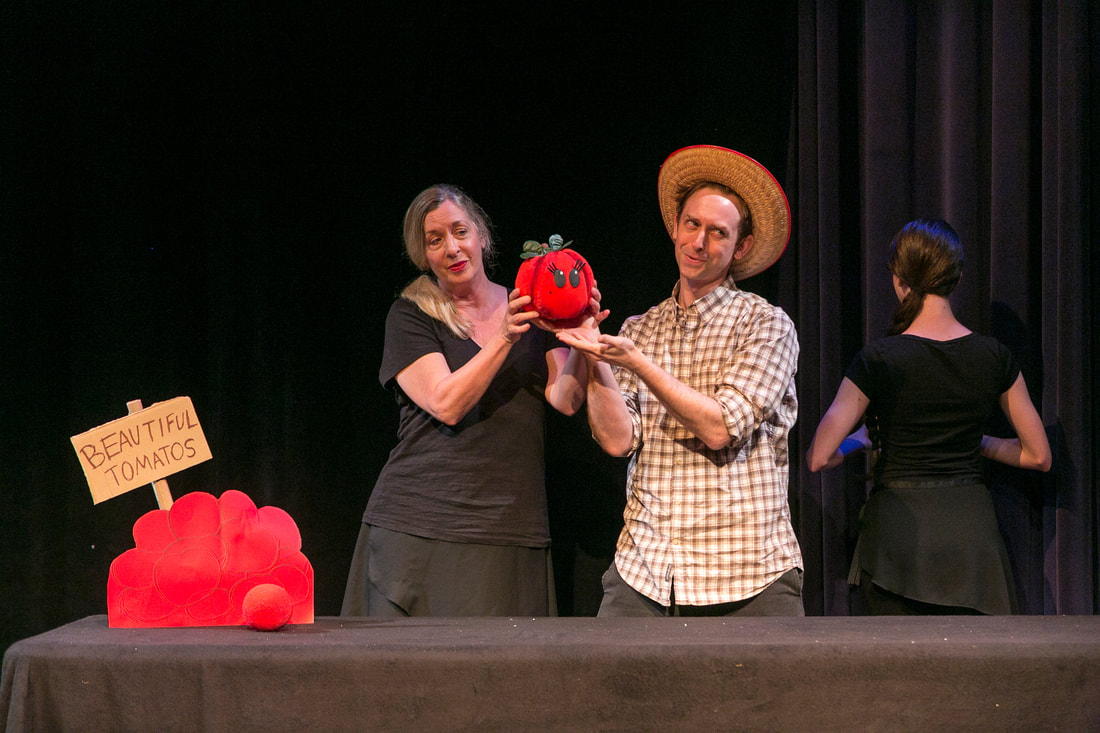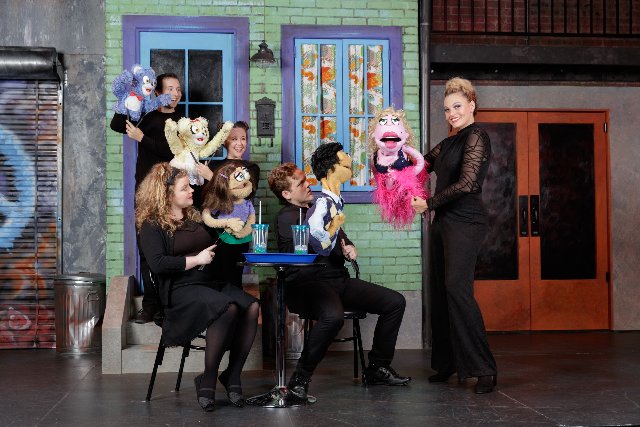

This landmark film also featured the great Fredric March in his final role, as well as a young Jeff Bridges, who’d always claim that Ryan’s work here inspired him to stay in acting. Work became his only solace.īob’s last great performance would be as Larry Slade in a made-for-TV production of O’Neill’s “ The Iceman Cometh,” directed by John Frankenheimer and starring his old cohort Lee Marvin as Hickey. A longtime smoker, he’d had health problems of his own, and presumed he’d go first. Ryan was crushed when his much beloved wife was diagnosed with inoperable cancer in 1972, and died soon after. During this period, Bob and Jessica would actively support the Civil Right movement, as well as protest the Vietnam War. This move also gave Bob more opportunities to do theater. In the late fifties, they relocated to New York, since at that point more films were being shot on location. While still based in California, they would help found a progressive school, while fighting McCarthyism and the Blacklist. They were both private, serious, socially committed people. Throughout his career and their marriage, Bob and Jessica had avoided the Hollywood spotlight. He kept going back to the theater, essaying Shakespeare (to mostly lukewarm or withering reviews) and O’Neill’s “Long Day’s Journey Into Night” (to mostly positive notices).
#Robert ryan puppetry tv
He did TV but was highly selective about the projects he pursued. Among his finest work: “ The Naked Spur” (1953), “ Bad Day at Black Rock” (1954), “ Odds Against Tomorrow” (1959), “ The Professionals” (1966), and “ The Wild Bunch” (1969).Īs his career progressed, Ryan never settled or went for the easy buck. Over the next quarter century, Ryan would cement his reputation as an actor’s actor in a variety of burly features, mainly of the War and Western variety, and again, most often playing the villain.

Two years later, Ryan would put on his boxing gloves again to portray a washed-up prizefighter who refuses to take a fall in Robert Wise’s “ The Set-Up.” Providing Bob with his signature role, I count this as one of the best boxing pictures ever done, right up there with Scorsese’s “ Raging Bull.”

Perhaps the first American film to address this then-pervasive social issue head-on, it would be eclipsed (unfairly) by another, higher-profile release just months later that covered much the same ground: Elia Kazan’s “ Gentleman’s Agreement.”
#Robert ryan puppetry movie
He just wanted to keep getting parts, and seemed happiest on a movie set.ġ947’s “ Crossfire,” in which Ryan plays an ex-GI and rabid Anti-Semite who ends up killing a Jewish man, finally put his career into overdrive, earning him his sole Oscar nomination. This meant that Ryan would play the heavy in many an American classic.Ĭaring most about practicing his craft and providing for his family (he'd had three kids with wife Jessica Cadawalder), Bob never gave much thought to not being a leading man. Though in real life he was an extremely thoughtful and sensitive man, it soon became clear that the dark, brooding quality in his Irish brow translated best to malevolence and anger on-screen. The roles kept coming, and by the end of the war, he was getting featured parts. Though he’d originally set his sights on writing plays, Bob - and others, including Reinhardt himself - soon realized he had a particular gift for performing.īy the early ‘40s, like so many other young professionals who had to eat, Ryan found himself in Hollywood doing small parts and making contacts. Graduating in the pit of the Depression, he worked a variety of temporary jobs, but soon fell in love with the theater, studying under Max Reinhardt. Tall at 6’4”, he was a champion boxer there. He was, quite simply, a superb screen actor.Ī Chicago native, born into a well-connected Irish Catholic family in 1909, Bob would end up graduating from Dartmouth. And always his presence helped make them that way.

For someone who is not remembered today as a star, Robert Ryan did an awful lot of first-rate films.


 0 kommentar(er)
0 kommentar(er)
